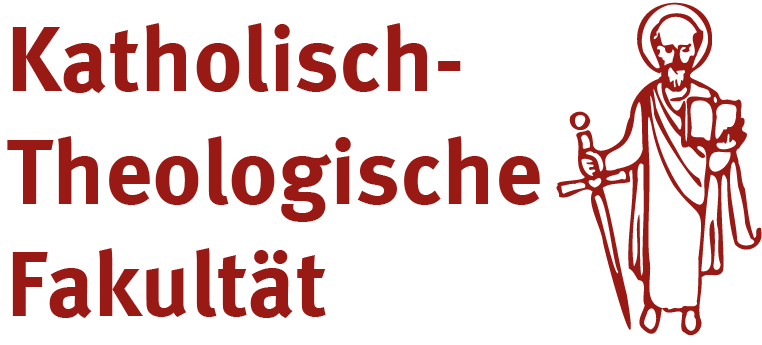

Working in the archives
The researchers gather the petitions scattered in the various Vatican archives and the relevant sources connected to them. They reconstruct the further fates of the Jewish Nazi victims coming up there on the basis of these as well as national and international online sources and publish the results in a critical digital edition. For this purpose, they regularly work in the Vatican archives, primarily in the Vatican Apostolic Archives and the Archives of the Secretariat of State. Other Roman archives, such as the Archives of the Congregation for the Doctrine of the Faith, the Archives of the Central Government of the Jesuit Order, the Archives of the Pontifical Gregorian University, and various religious archives will also be consulted as the project progresses.
Vatican Apostolic Archives (AAV)
The AAV is the central archive of the Holy See, making it the largest and most important of the Vatican archives. Until October 2019, the AAV were called the Vatican Secret Archives (Archivio Segreto Vaticano/ASV), which has been repeatedly misinterpreted: the term "secret" refers to the pope's personal archive as opposed to the archives of Church authorities and has nothing to do with the fact that secret files are kept there under lock and key. A total of 85 shelf kilometers of files are reportedly kept in the AAV - 400,000 boxes of which belong to the holdings pertaining to the pontificate of Pius XII, which have been accessible since March 2, 2020.
Historical Archives of the Secretariat of State (ASRS)
The Historical Archives of the Secretariat of State (ASRS) in its current form has only existed for about ten years. The files of the Congregation for Extraordinary Ecclesiastical Affairs are kept here. They contain documents dealing with policies toward countries worldwide. Accordingly, there are country series and an important "Stati Ecclesiastici" fonds that deal with supranational issues. Although this congregation lost influence under Pius XII, its holdings are extremely significant.

